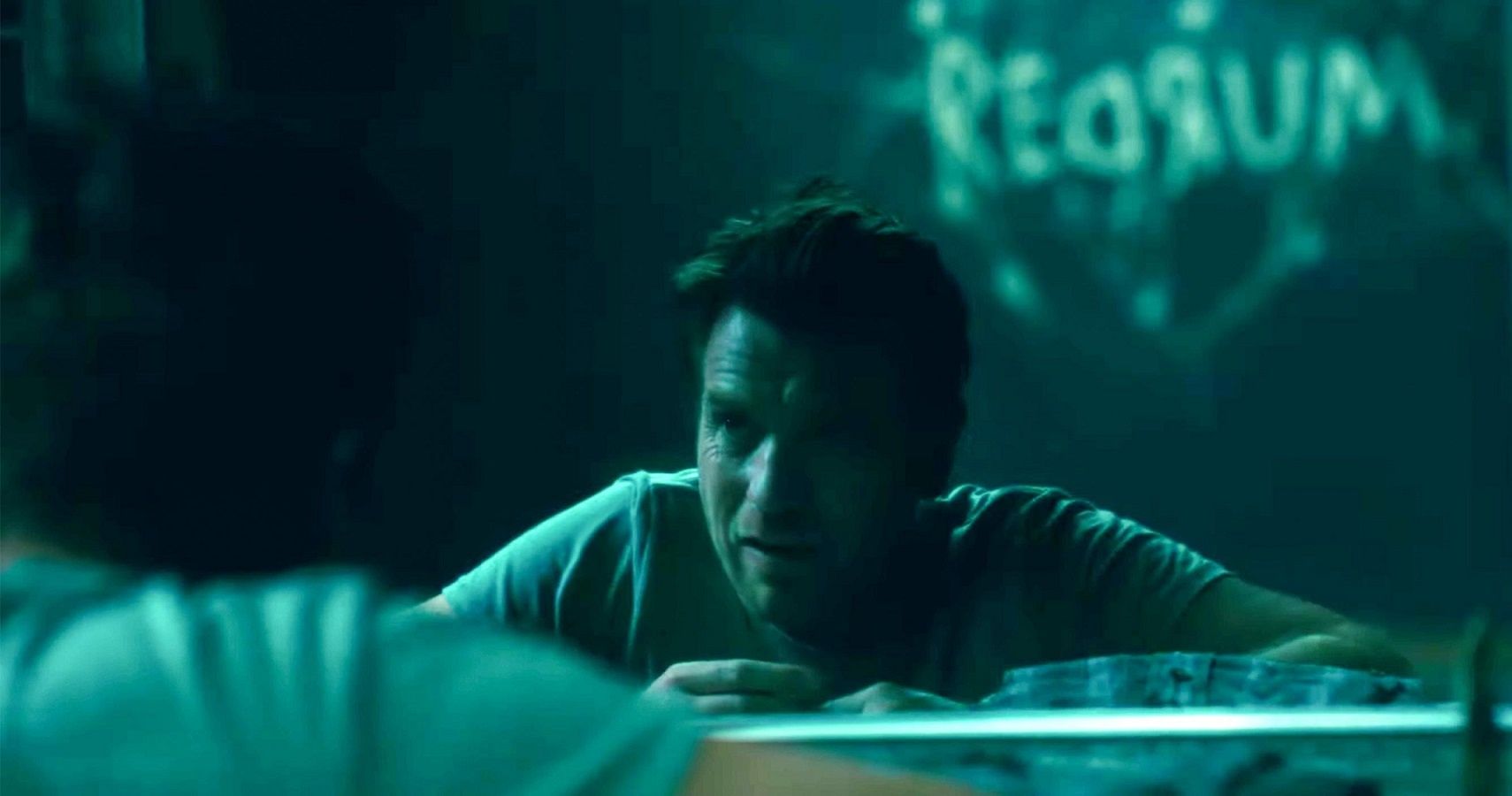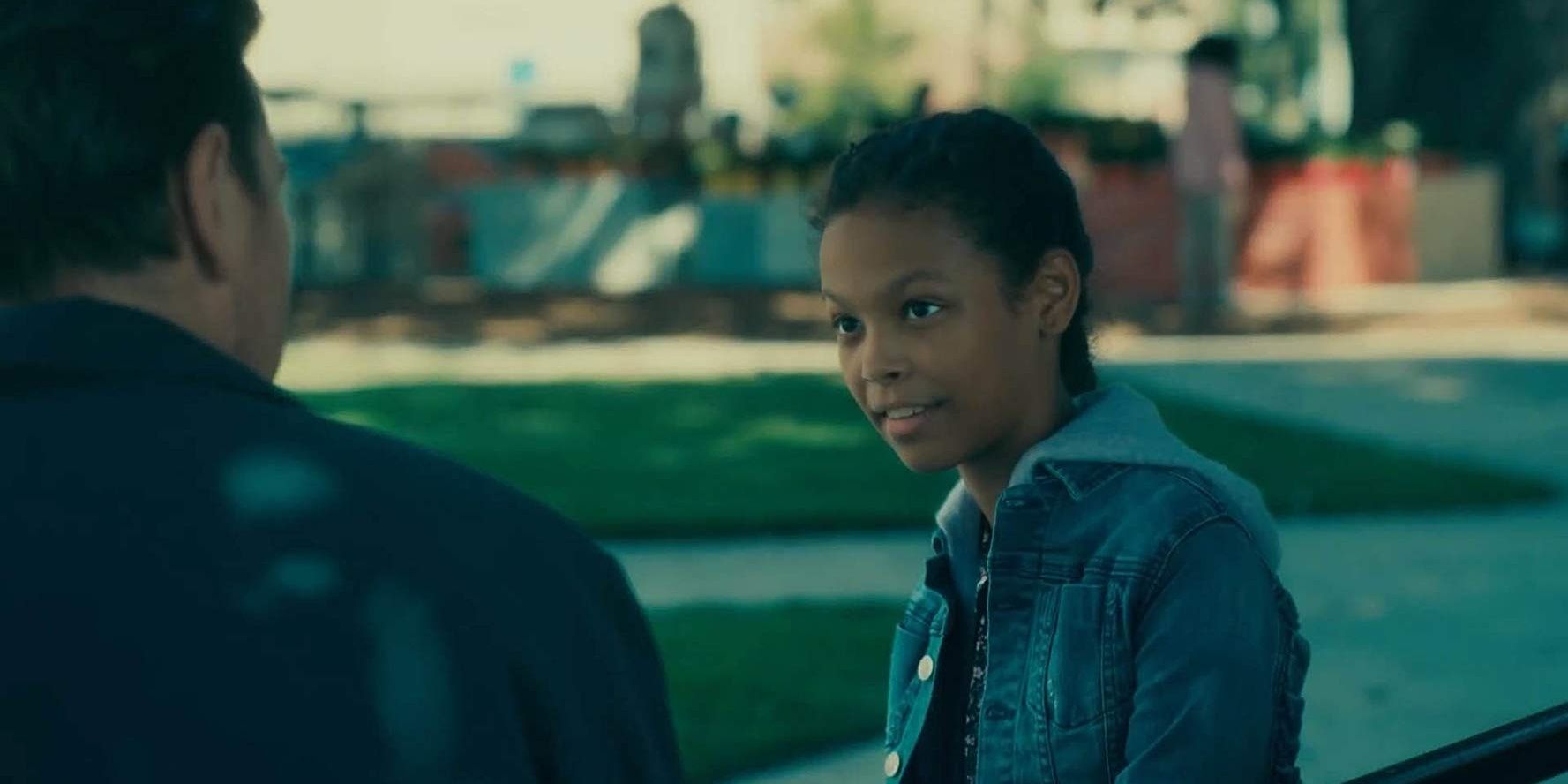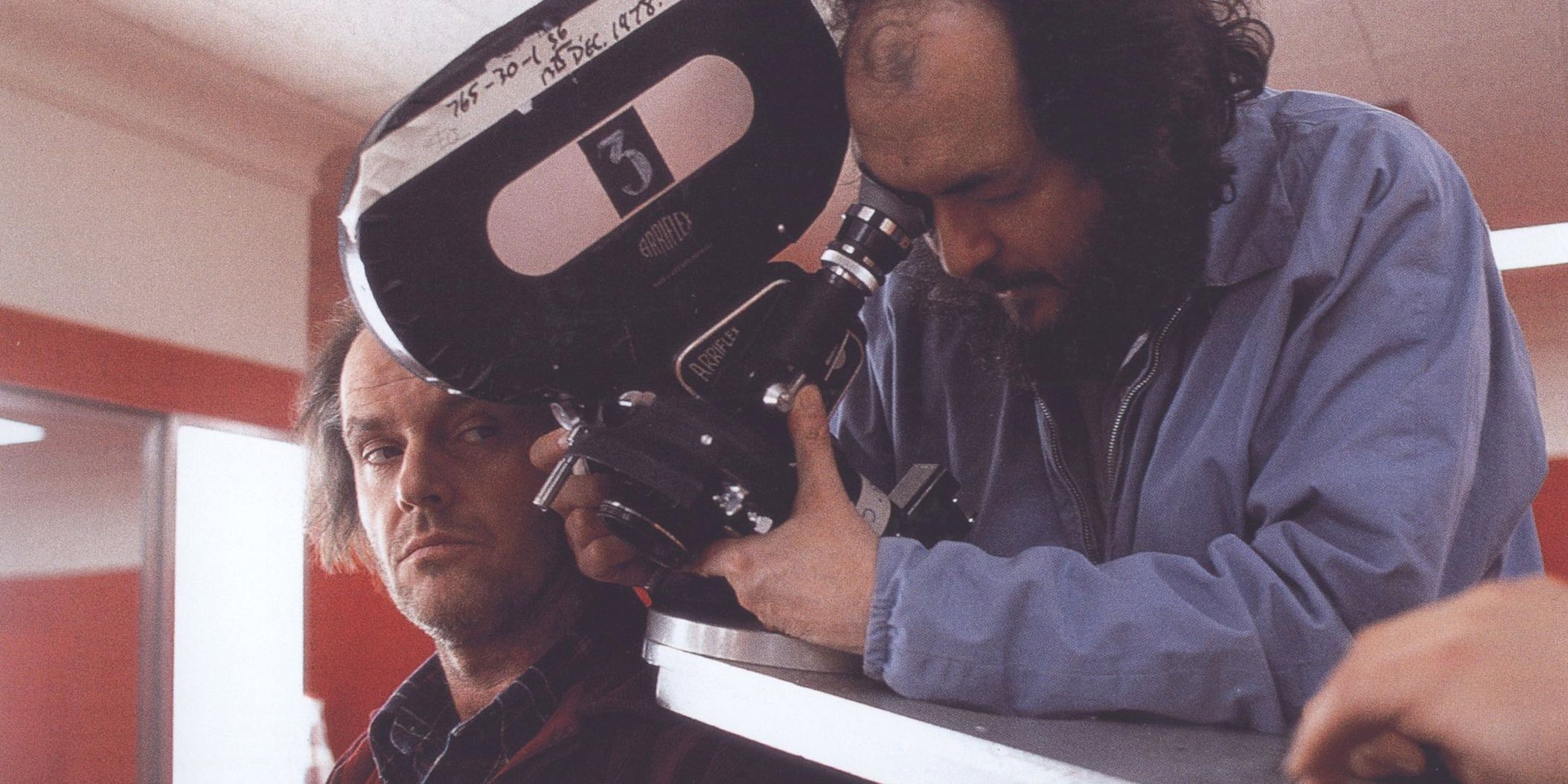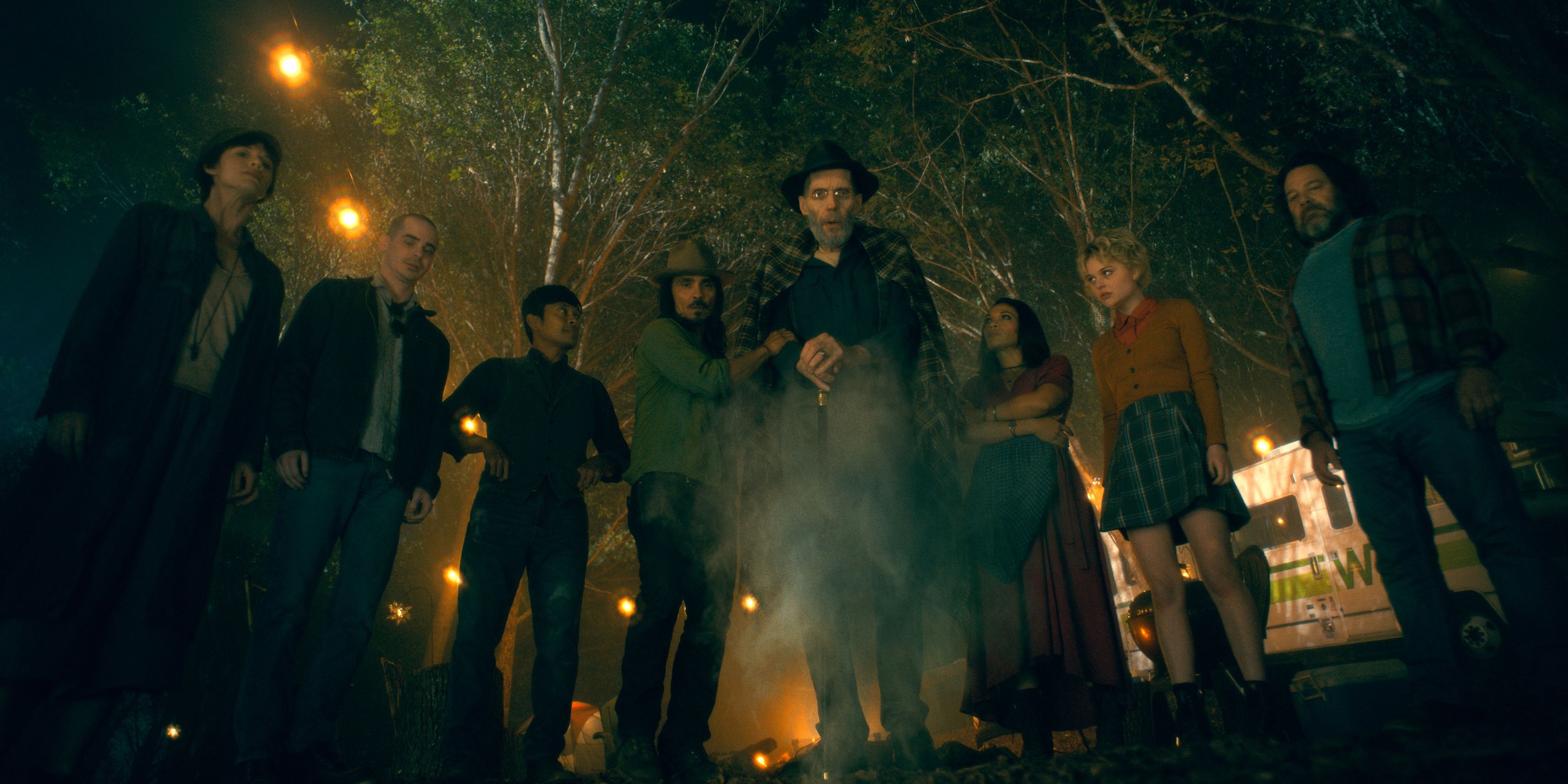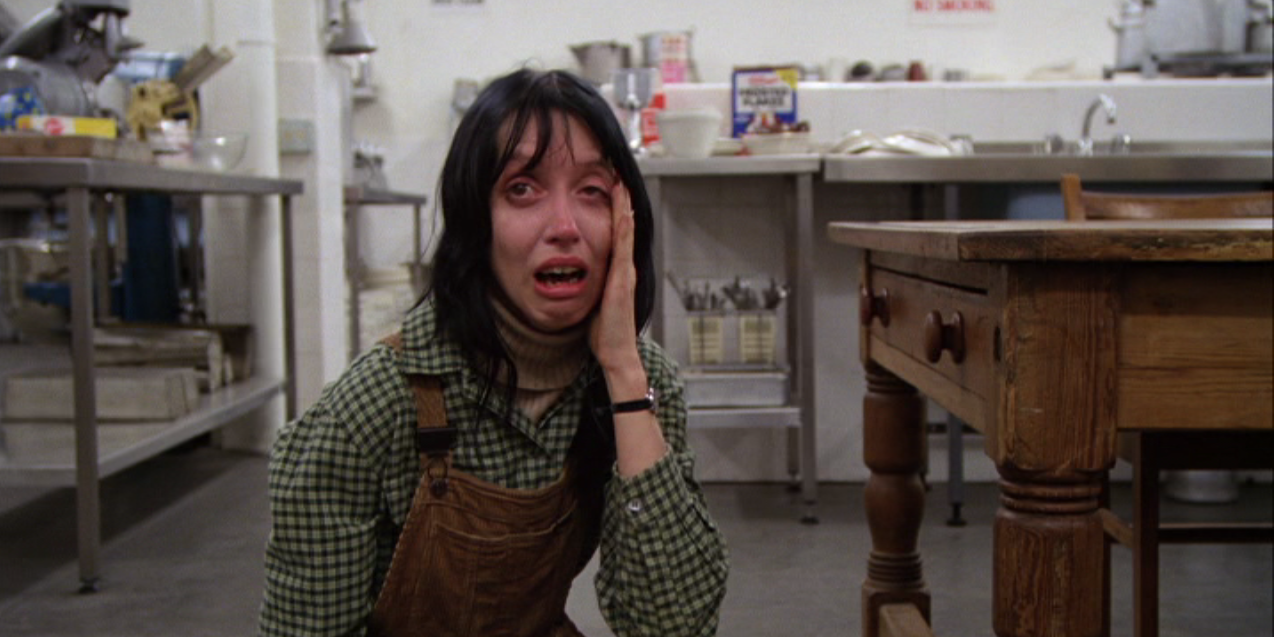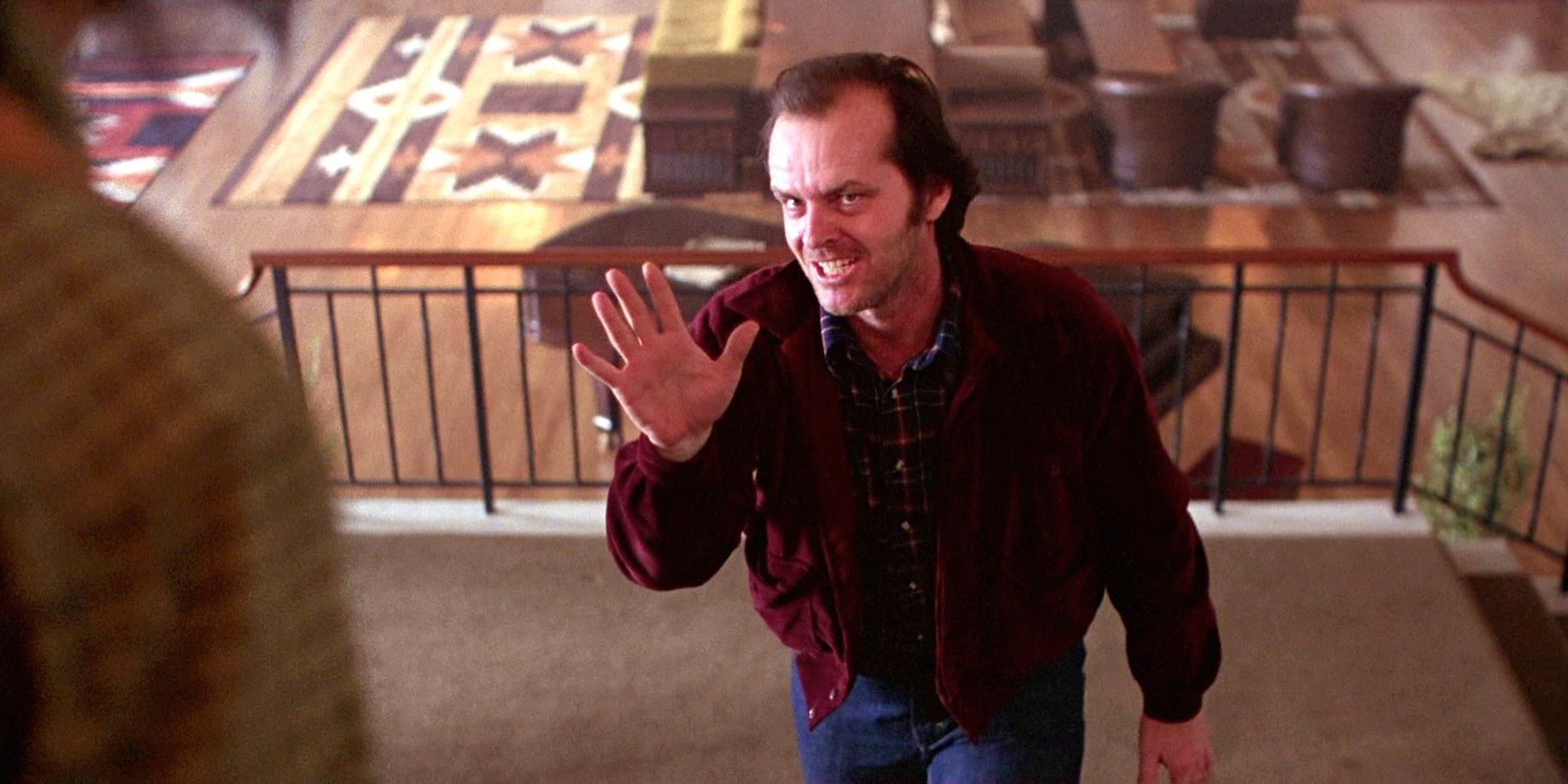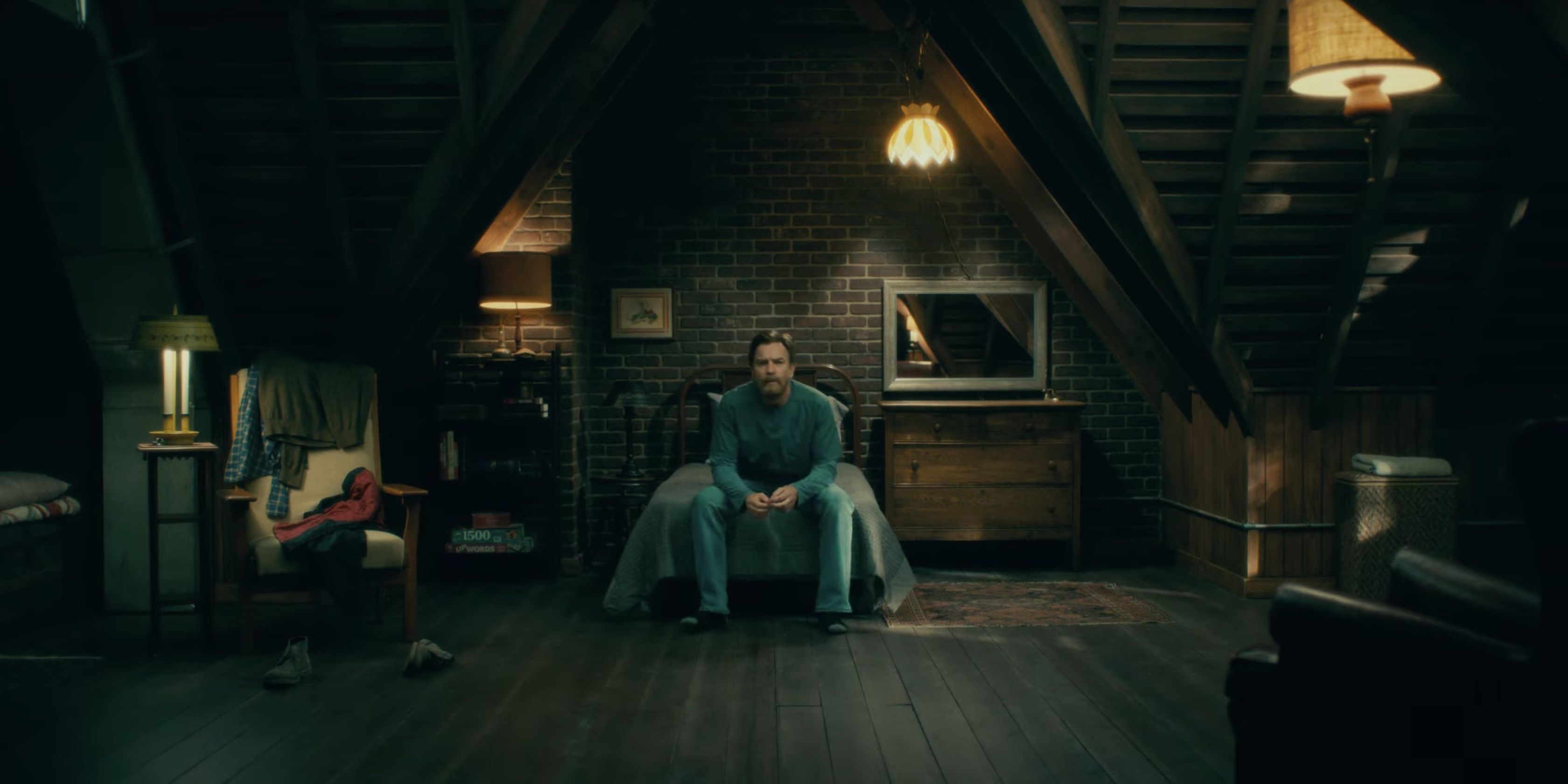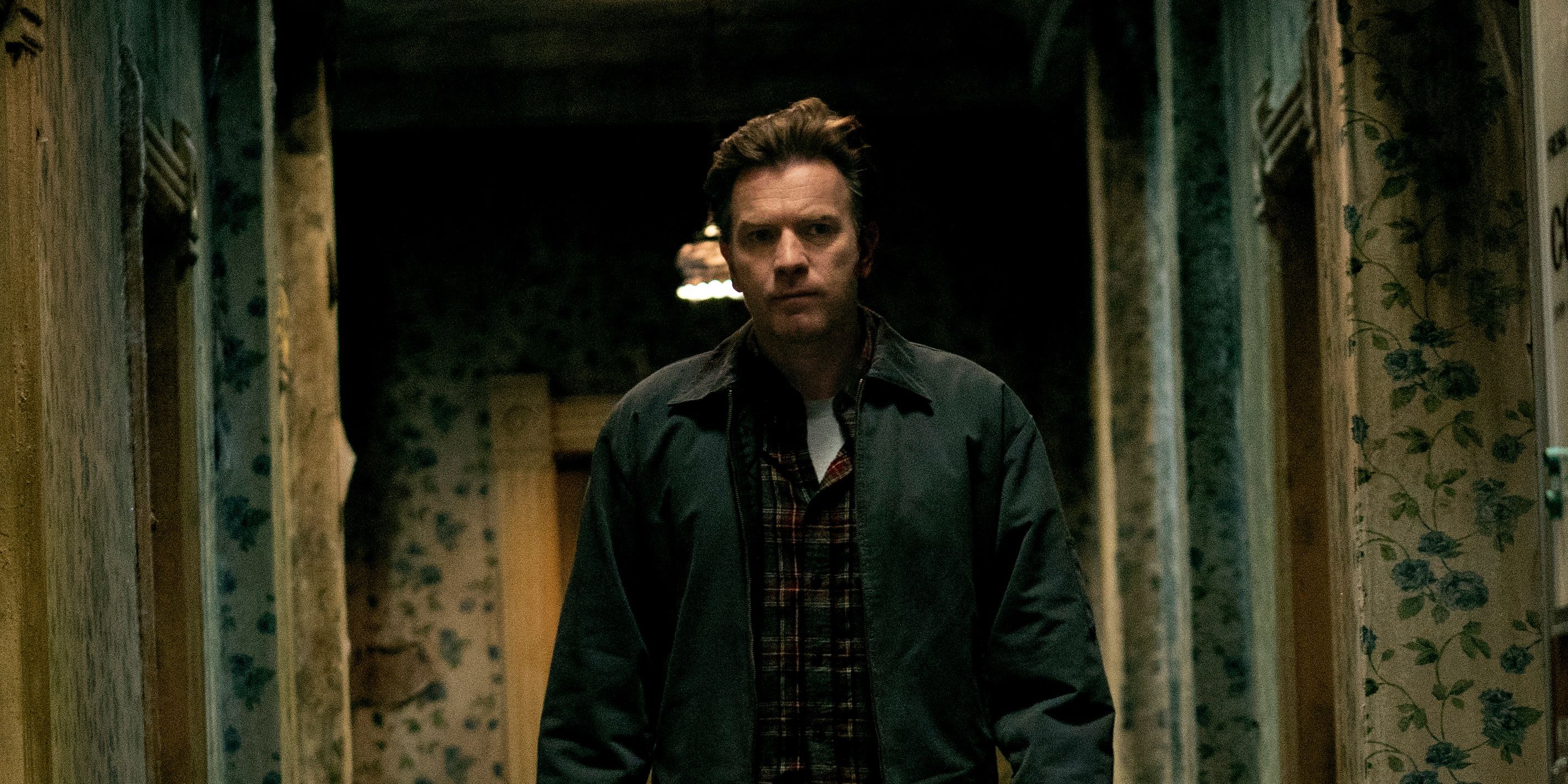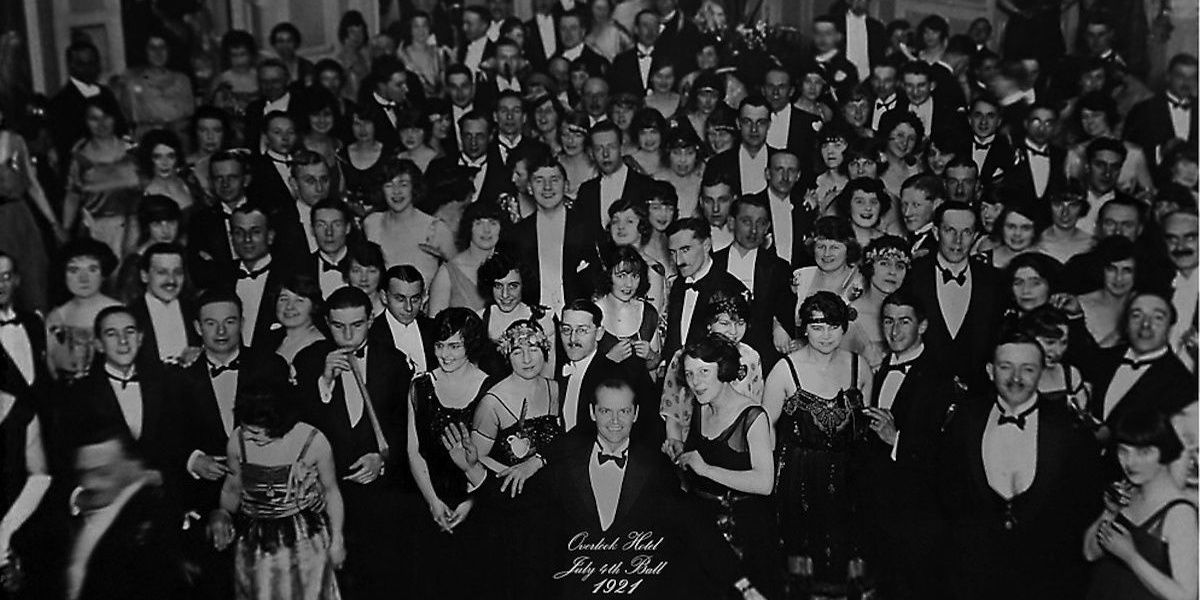When it comes to adaptations, few have as testy a relationship as that between The Shining film and the novel. Stephen King famously disagrees with Kubrick's vision, yet both are regarded as some of the best horror fiction ever created.
With Doctor Sleep, Mike Flannagan aimed to resolve the two, creating a sequel that both honored the cinematic legacy of The Shining, as well as the peerless work of Stephen King. But, how does the film actually compare to its cinematic predecessor?
Better - Doctor Sleep Isn't Afraid Of Its Heart
One of the biggest changes between the book and film versions of The Shining is the emotional tone. Like with much of King's writing, the novel is far more open with the emotional themes it's handling, making characters far more sympathetic.
Kubrick's vision is far colder though, choosing a darker and more emotionally detached vision. Doctor Sleep combines both and embraces the full range of emotional depth of both of King's novels. It isn't afraid to confront its feelings.
Worse - The Shining Is The Work Of A Master Director
Mike Flannagan has become one of the most exciting directors working in the horror genre today. But, there is no comparison whatsoever to the cinematic legacy left behind by Stanley Kubrick. The man crafted some of the greatest films of all time and was never confined to a single genre.
He revolutionized multiple genres and gave audiences some of the most complex and visually gorgeous pieces of cinema ever assembled. As great as Doctor Sleep is, it never does anything more than celebrating that legacy.
Better - Doctor Sleep Explores Different Genres
While Kubrick explored many genres throughout his filmography, The Shining itself is first and foremost a horror film. Doctor Sleep, however, in both the film and novel, explores more than just the horror of this story. There are certainly a ton of horror elements, with some exceptionally frightening scenes.
But it is also a dark drama about addiction, as well as a road movie. Even some of the supernatural elements are treated less like horror and more like fantasy or science fiction. It is layered and can't be painted into one generic corner.
Worse - The Shining Has Better Performances
Doctor Sleep has a great cast to boast. Ewan McGregor does an excellent job as always, and Rebecca Fergusson is one of the best interpretations of a King villain in a long time. But there is no denying the masterful performances within The Shining.
Jack Nicholson has yet to give a performance more electric and unwieldy than his role as Jack Torrence. But, it is Shelley Duvall as Wendy Torrence who steals the show. Duvall's believability as a woman in distress is one of the best in any horror film. Even the small supporting cast, bolstered by Scatman Crothers, is exceptional. It's no competition, The Shining is a masterclass in horror acting.
Better - Doctor Sleep Is More Connected To Stephen King's Vision
The Shining film is one of the best horror films of all time. But when it comes to adaptations, it falls to the bottom of the barrel. It isn't necessarily the fact that it doesn't follow the same events as the book. Look at the recent IT adaption, which drastically changed the events of the novel.
That film understood the spirit of the book, unlike Kubrick's film. Doctor Sleep reconciles that fact, crafting a near-perfect adaption of both of King's novels. Flannagan understands the exact emotional themes that King is grappling within both works, and translates it to screen beautifully.
Worse - The Shining Is Scarier
If you compare both films' fright factors, it's no competition. While Doctor Sleep is full of horrifying moments and themes, Kubrick's The Shining delves into a far more darker place. The elements of fear and insanity that it grapples with are second to none.
The film also combines Kubrick's sharp directorial eye, crafting visuals that will haunt a viewer more than any simple jump scare. It is so ethereal in its arranged scares, and the performances only heighten that effect.
Better - Doctor Sleep Had To Jump Over Bigger Hurdles To Succeed
In terms of expectations, Doctor Sleep had far more to prove to audiences than Kubrick's The Shining ever did. Of course, there were fans of the original novel who were looking forward to the adaptation, but Doctor Sleep had to appease decades of praise for Kubrick's film as well as King's two novels.
Making a sequel to both of those, let alone an adaption of a sperate novel is no easy task. Yet Doctor Sleep succeeds in all of this, while still being a fascinatingly capable film of its own. It doubles as a work of Flannagan's, Kubrick's, and King's imaginations.
Worse - The Shining Has More Impressive Shot Composition
There is no doubt in the fact that Mike Flannagan has a definite visual aesthetic. His color pallet and shot composition are wholly his own. The fact that it is so solid is certainly a plus. But, as stated earlier, it has nothing on the cinematic visual mind of Stanley Kubrick.
There is not a single shot throughout The Shining that couldn't be analyzed to death. Every second of the film is meticulously mapped out. Everything from the set design, blocking, lighting, and color palette serves a purpose unlike any other film out there (apart from anything else of Kubrick's).
Better - Doctor Sleep Is More Accessible
The narrative style and filmmaking techniques of The Shining are unmatched, but they are also nowhere near as accessible as Mike Flannagan's. Flannagan is a masterful modern director, but he is anything but pretentious. He makes horror for just about everyone and does so without any hint of selling out. This is not to say that his films are cheap or shallow. In fact, most are the exact opposite. But nearly anyone can get something out of a Mike Flannagan horror film.
Worse - The Shining Doesn't Pander To Audiences
On the other hand, Stanley Kubrick's film, along with most of his work, refuses to pander to audiences. It chooses the far more subtle route, leaving things unanswered an up for interpretation. There are so many sequences throughout where you never know what is real and what isn't. That isn't even the point, in fact. Kubrick is far more concerned with how these sequences will make you feel on their own and it is far more pure as a piece of cinema in that regard.

